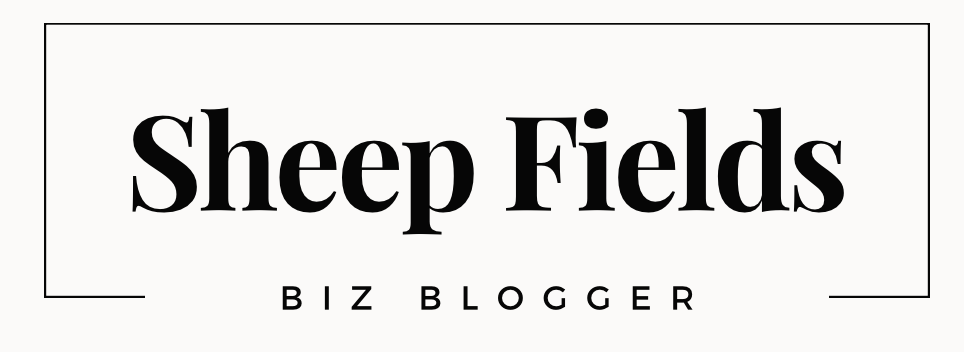The printing industry has come a long way since its inception. From ancient woodblock printing to modern digital printing, this industry has witnessed significant advancements and transformations. As technology continues to evolve, the printing industry has been quick to adapt and embrace innovation. In this blog post, we will explore the latest trends shaping the printing industry, from the integration of digital technologies to the growing emphasis on sustainability.
Introduction: Evolution of the Printing Industry
The printing industry has been an essential part of human history, playing a pivotal role in communication, education, and dissemination of knowledge. Over time, various printing methods have been developed, each bringing new possibilities and opportunities. From the movable type printing press invented by Johannes Gutenberg in the 15th century to the advent of offset lithography in the 19th century, the evolution of printing techniques has been remarkable.
The Digital Revolution: Beyond Traditional Printing
In recent years, the printing industry has witnessed a profound shift towards digital technologies. The rise of the internet, coupled with advancements in digital printing, has revolutionized the way we produce printed materials. Digital printing offers advantages such as quick turnaround times, cost-effectiveness for small print runs, and customization options. As a result, businesses and individuals alike have shifted towards digital printing solutions due to their convenience and flexibility.
Furthermore, the integration of digital technologies has extended beyond the printing process itself. Printing companies are increasingly offering web-to-print services, allowing customers to upload files directly to the printing company’s website, creating a seamless and efficient user experience. This trend has not only transformed the way we print but also enhanced accessibility and convenience for customers in a fast-paced digital era.
Personalization and Customization: Meeting Individual Needs
In today’s world, personalization is key. Consumers are seeking unique, tailored experiences in all aspects of their lives, and the printing industry is no exception. With digital printing technologies, it has become easier than ever to offer personalized print products. From custom-made business cards to personalized photo books, the possibilities are endless.
The demand for customization extends beyond individual consumers. Businesses are also leveraging personalized printing to create targeted marketing materials, such as personalized direct mail campaigns. By tailoring their printed materials to specific individuals or demographics, businesses can enhance their marketing efforts and improve customer engagement.
Increased Focus on Sustainability: Printing for a Greener Future
In recent years, there has been a growing emphasis on sustainability across all industries, including printing. The printing industry, known for its significant environmental impact, has been actively seeking greener alternatives to reduce its carbon footprint.
One of the most notable trends in the printing industry is the shift towards eco-friendly materials and practices. Many printing companies are now offering environmentally friendly options, such as recycled paper and soy-based inks. Additionally, advancements in printing technologies have led to reduced energy consumption and waste generation, further contributing to sustainable printing practices.
Moreover, the concept of print-on-demand has gained popularity in recent years. Print-on-demand allows for the production of printed materials only when there is a demand, eliminating excessive printing and reducing waste. This approach not only benefits the environment but also lowers costs for businesses by avoiding unnecessary inventory.
Augmented Reality: Enhancing Print with Interactivity
With the rise of digital technologies, the boundaries between print and digital media are blurring. Augmented Reality (AR) has emerged as a powerful tool that bridges the gap between the physical and digital worlds. By overlaying digital content on printed materials, AR enhances the printed experience and provides interactive features.
AR can be used to bring static print materials to life, enabling brands to create immersive and engaging experiences for their audience. For example, product catalogues can include AR features that allow customers to visualize products in 3D or watch product videos by scanning relevant pages. This integration of print and AR opens up new possibilities for creative marketing campaigns and enhances customer experiences.
Conclusion: Embracing Change and Shaping the Future
The printing industry continues to evolve as it embraces new technologies and sustainability practices. Digital printing, personalization, and customization have become integral to the industry, meeting the demands of modern consumers and businesses. The industry’s commitment to sustainability is also evident, with the adoption of eco-friendly materials and practices.
As the boundaries between print and digital media blur, augmented reality has emerged as a powerful tool, revolutionizing the way we interact with printed materials. These trends collectively indicate a shift in the printing industry towards innovation, convenience, and sustainability – a path that will shape the industry’s future.
In this ever-changing landscape, one thing remains certain: the printing industry will continue to adapt and innovate, catering to the evolving needs and preferences of its customers. Whether it’s the integration of digital technologies or the commitment to sustainable practices, the printing industry is poised to remain a vital component of communication and information dissemination for years to come.

